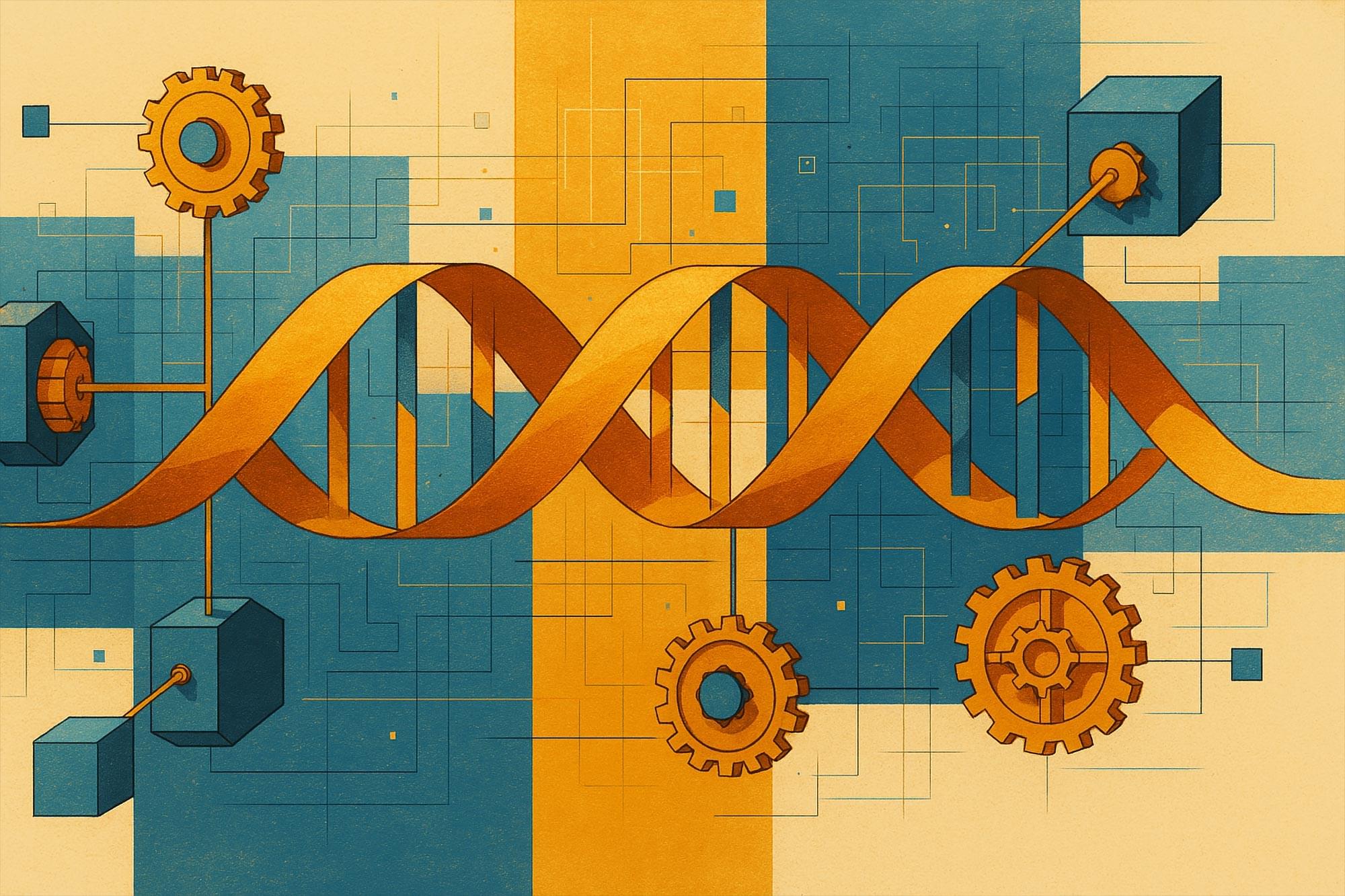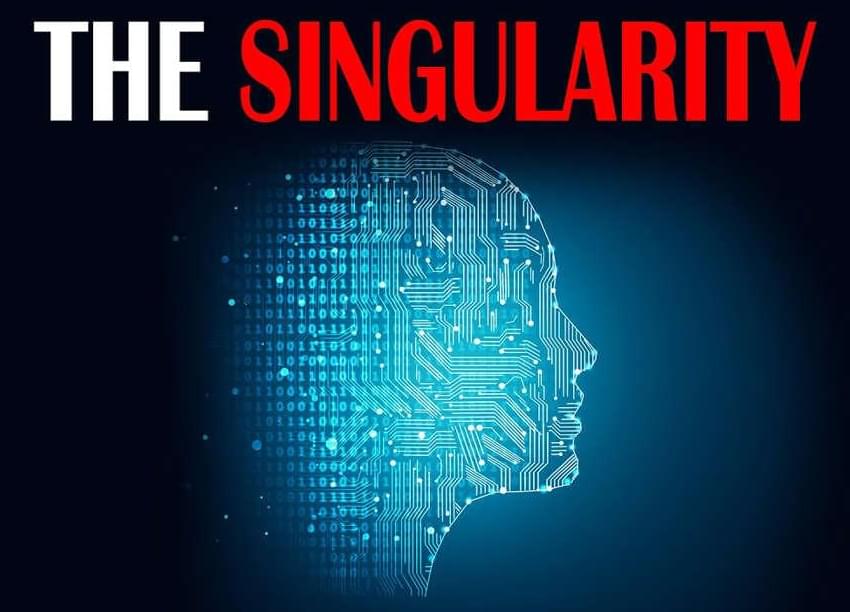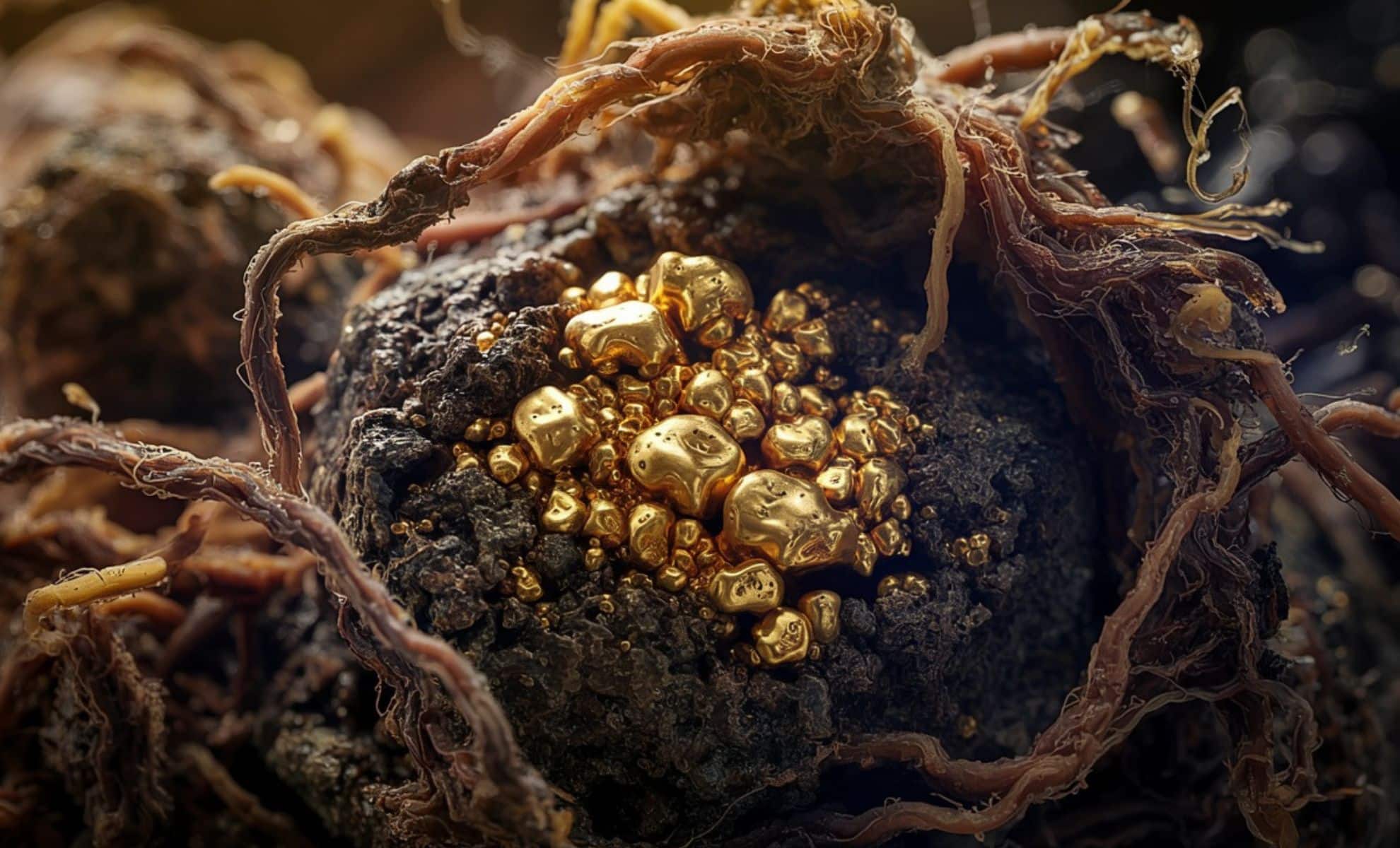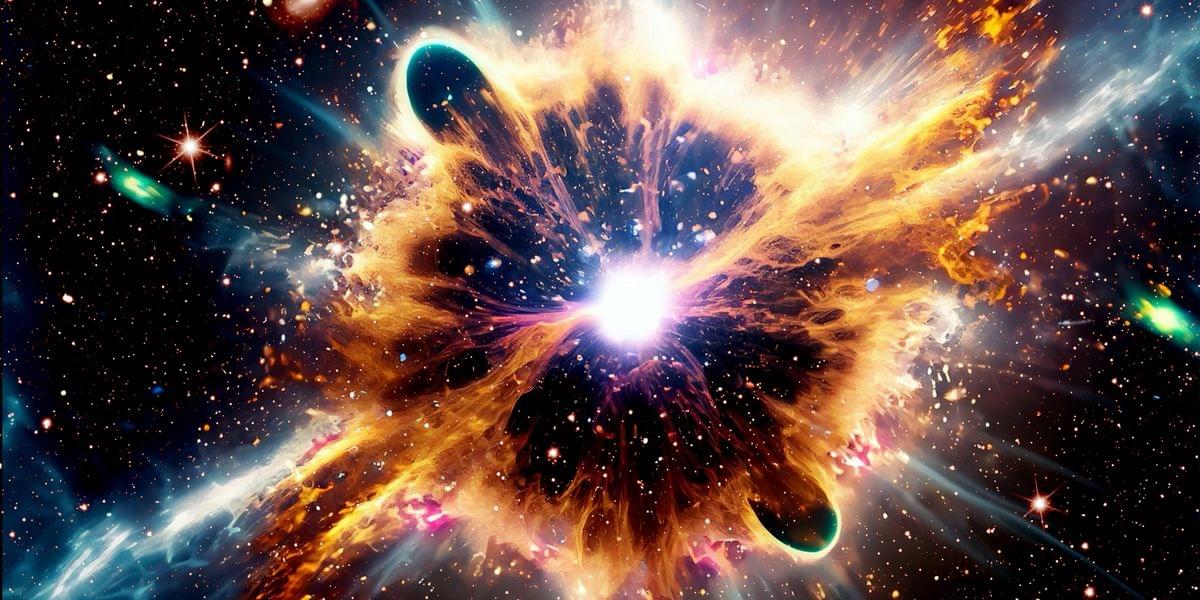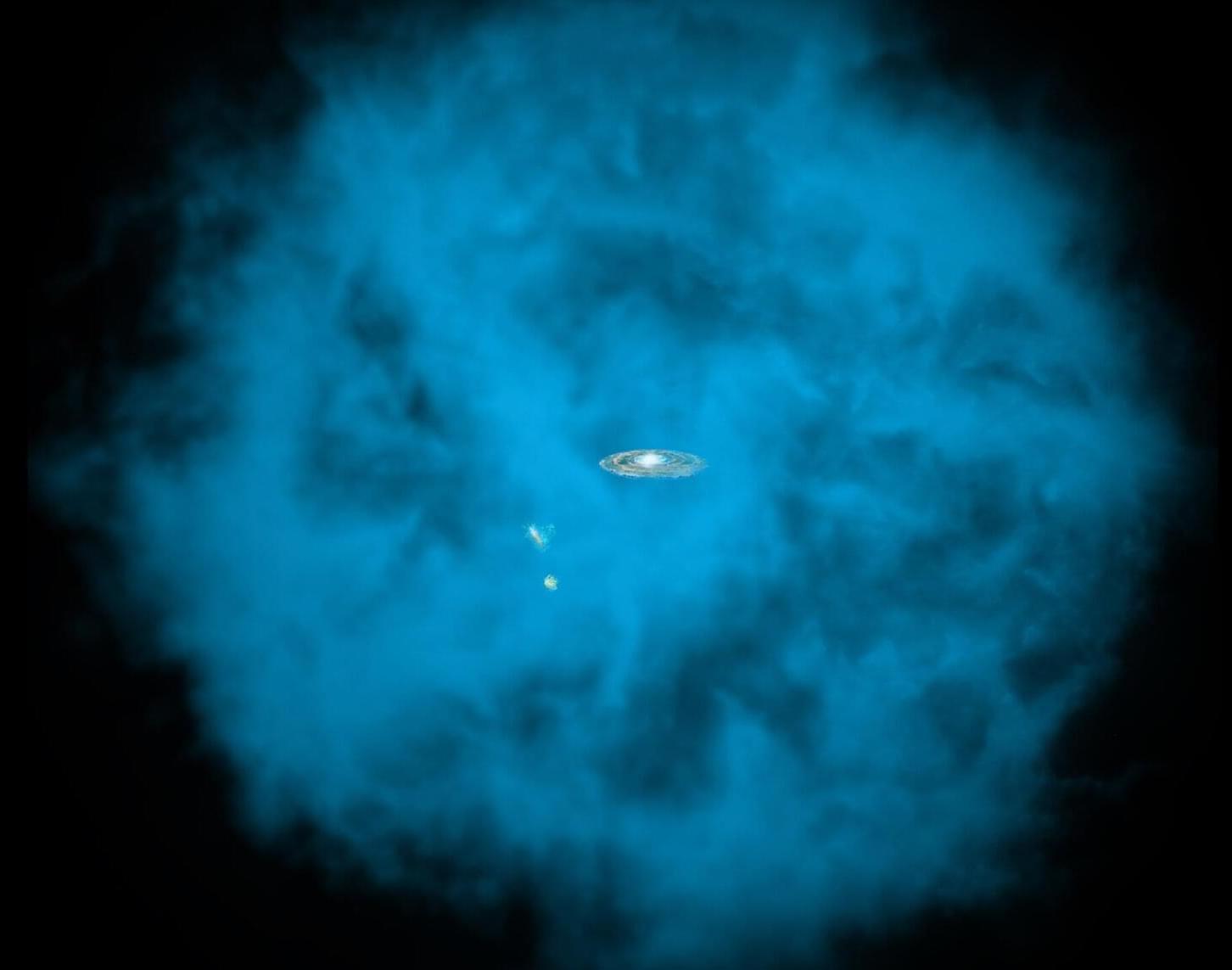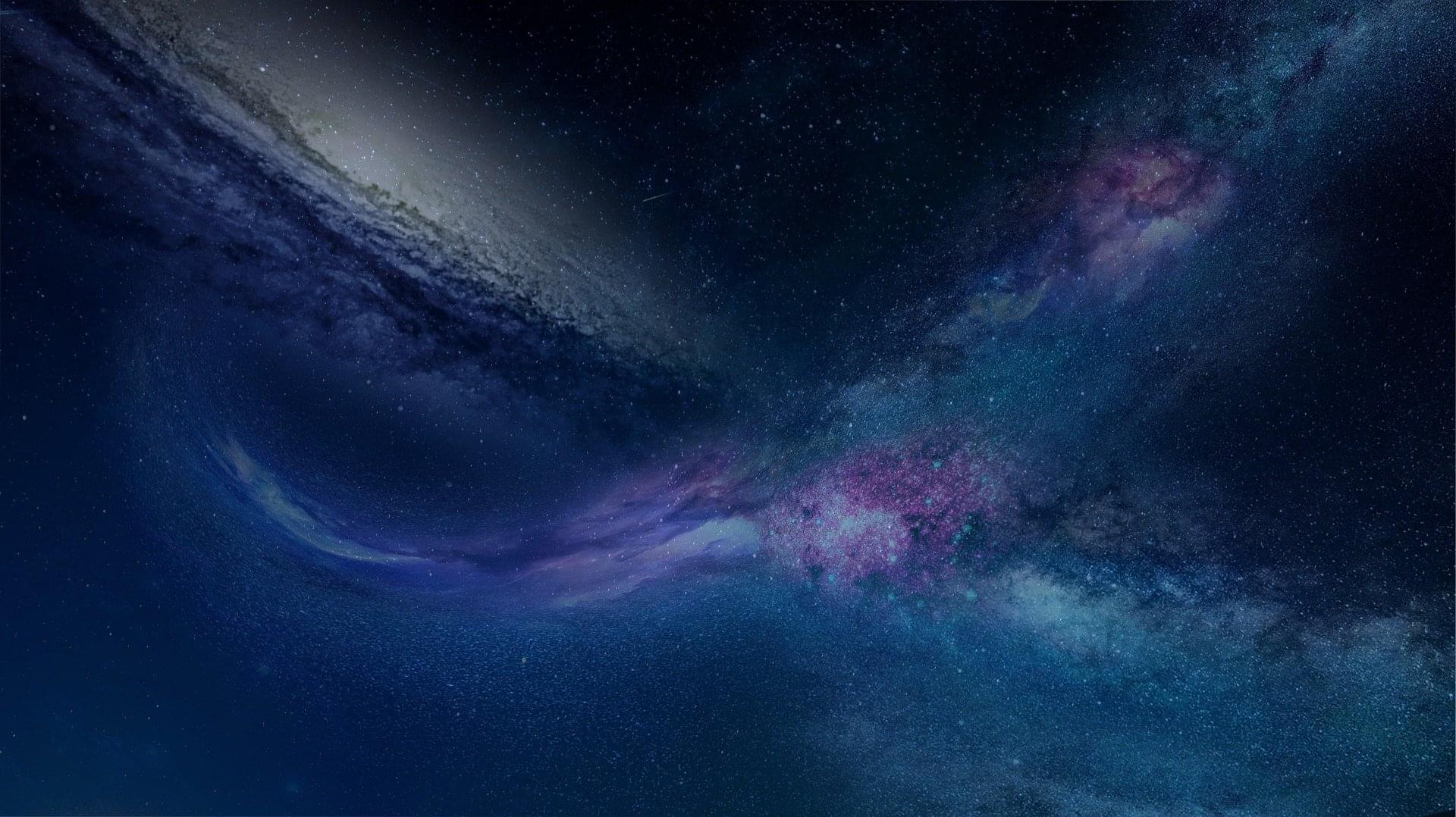Since most cells naturally repel DNA, delivering these nanodevices into cells requires specialized techniques, such as transfection methods and transformation protocols. Once inside, cellular factors such as salt concentration, molecular crowding, and heterogeneous environments influence strand displacement reactions. To overcome the limitations of direct delivery, researchers are also developing transcribable RNA nanodevices encoded into plasmids or chromosomes, allowing cells to express these circuits.
Toward Smart DNA Machines and Biocomputers
DNA strand displacement has been applied to the innovation of computational models. By integrating computational principles with DNA strand displacement, the structured algorithms of traditional computing can be combined with random biochemical processes and chemical reactions in biological systems, enabling biocompatible models of computation. In the future, DNA strand displacement may enable autonomously acting DNA nanomachines to precisely manipulate biological processes, leading to quantum leaps in healthcare and life science research.
